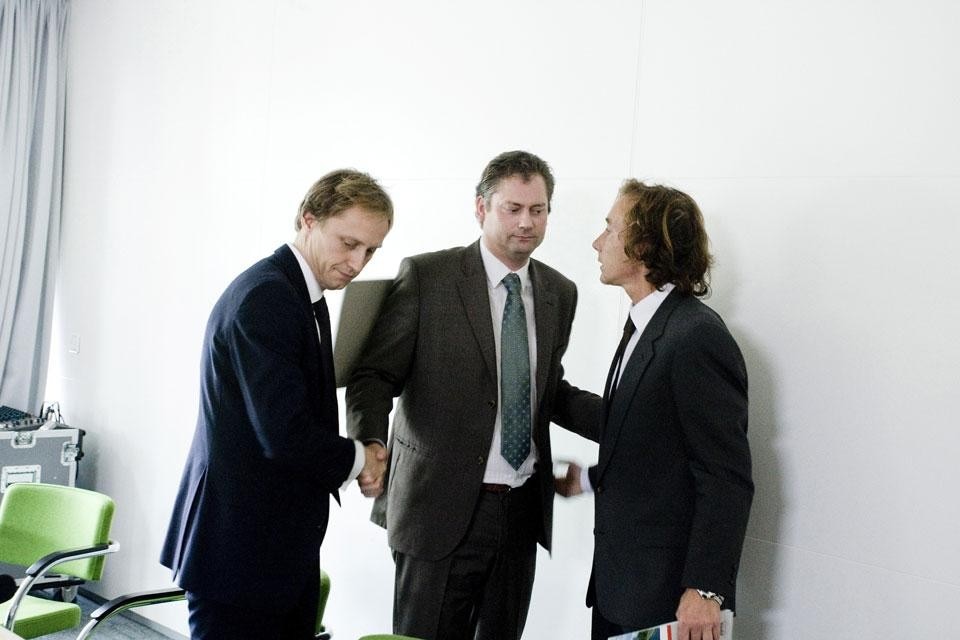In the article, the concept of atonement, aside from any pessimistic consideration, is referred to the opportunity that this recession brings with it: the global economic situation offers architects the possibility to purify their approach and to return to the basic principles of the profession, abandoning the excesses that have characterised the European architectural panorama and its icon-projects to address reality with a more ethical and aware attitude.
While Spain offers an important viewpoint regarding the change occurring in European architecture, the condition observed by curator Giampiero Sanguigni and Marco Brizzi with the exhibition Triggering Reality. New conditions for art and architecture in the Netherlands, currently on display at Centro Luigi Pecci for Contemporary Art , adds further food for thought to this complex consideration, describing how the global economic dynamics and the political, social and cultural situation of a country are helping to define a new possible horizon for future artistic and architectural production, through the work of eleven practitioners.
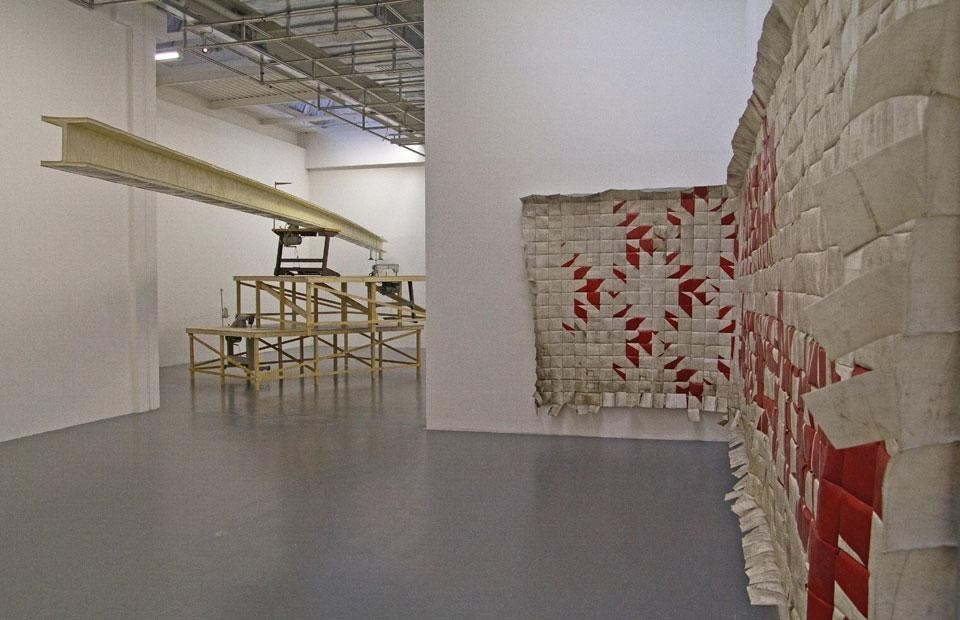
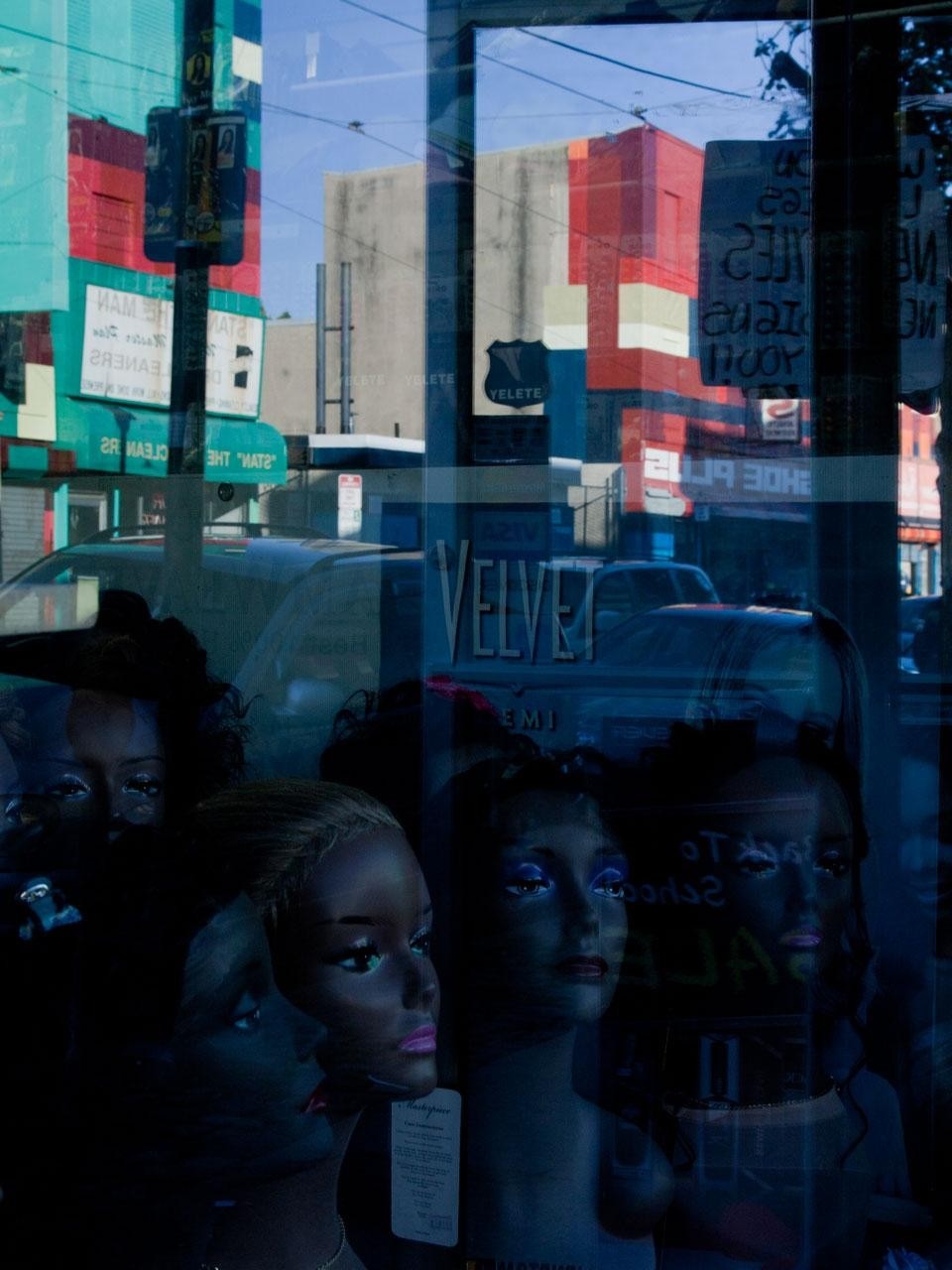
Curators Sanguigni and Brizzi bring together projects and works that — to return to the title of the exhibition — "trigger" new realities starting with already existing conditions
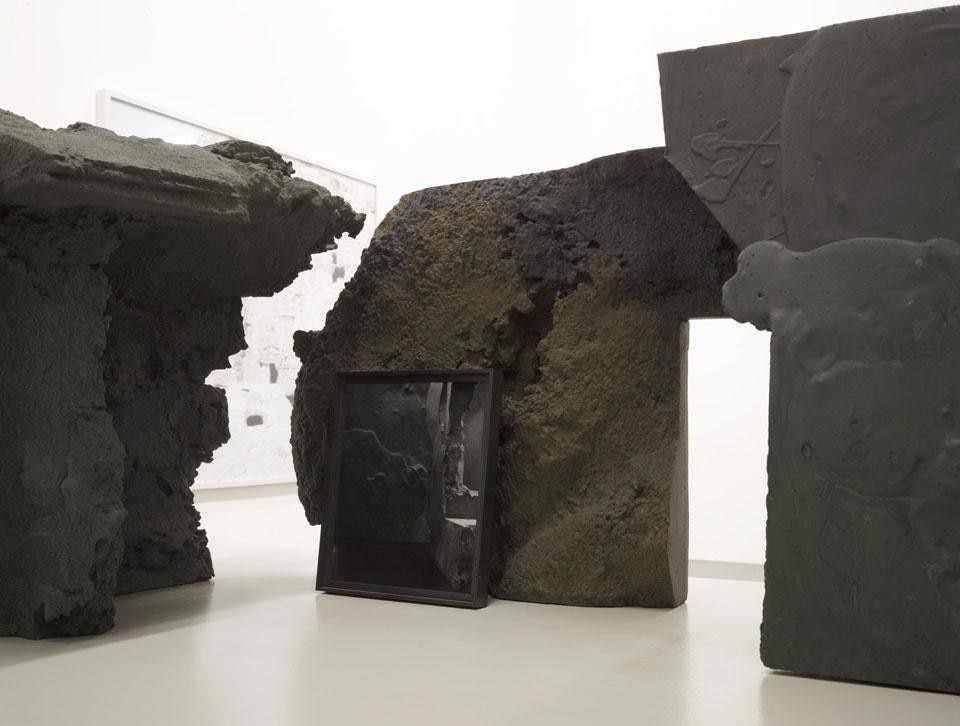
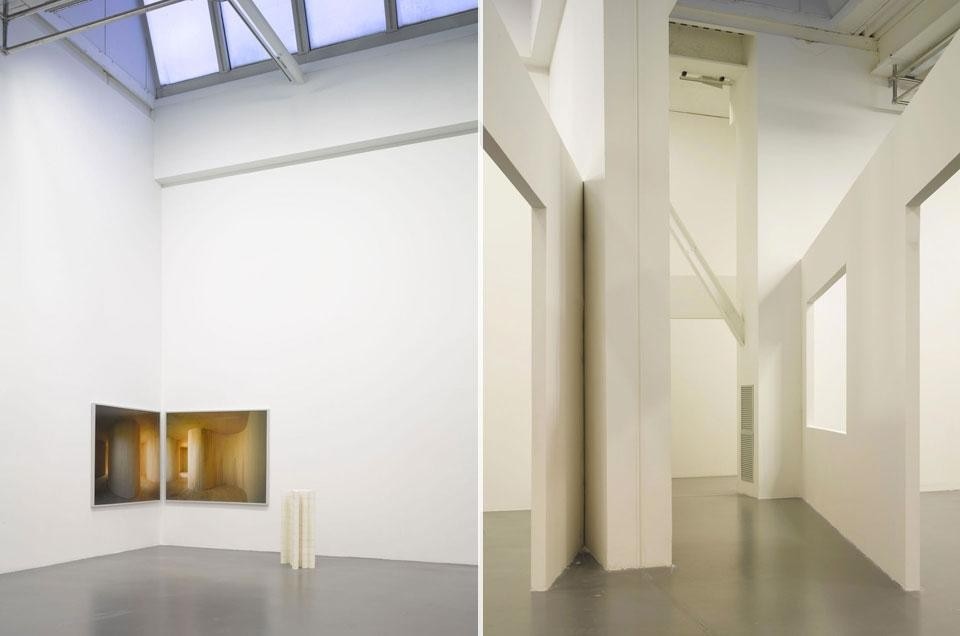
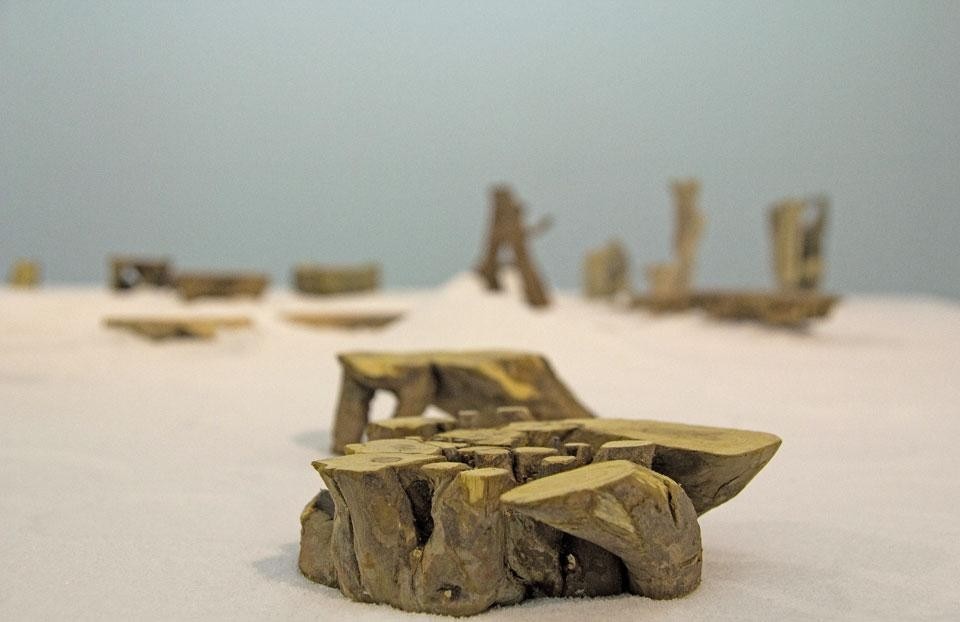
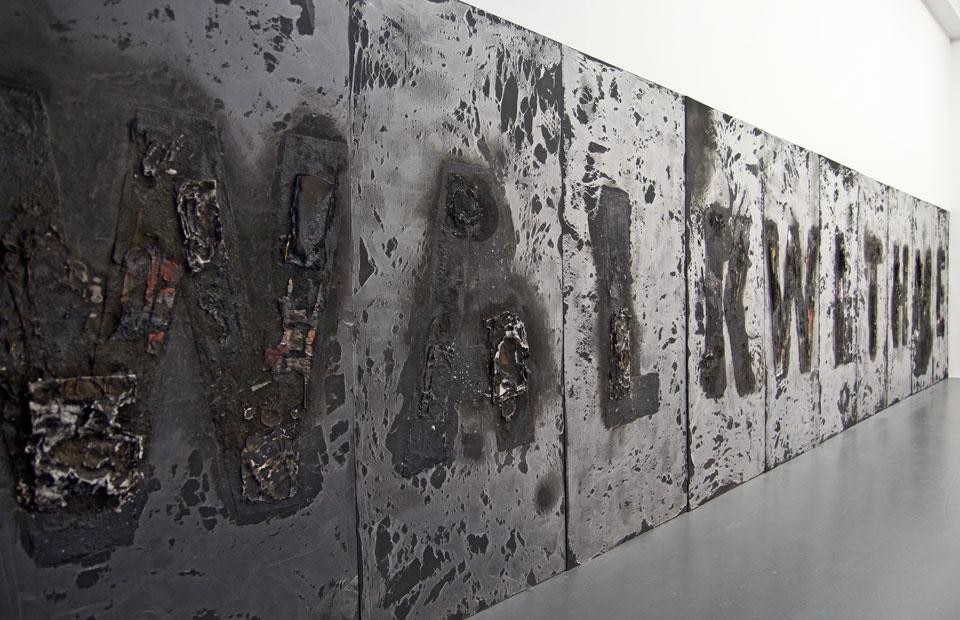
Triggering Reality. New conditions for art and architecture in the Netherlands
Centro per l'Arte Contemporanea Luigi Pecci Prato, Florence
